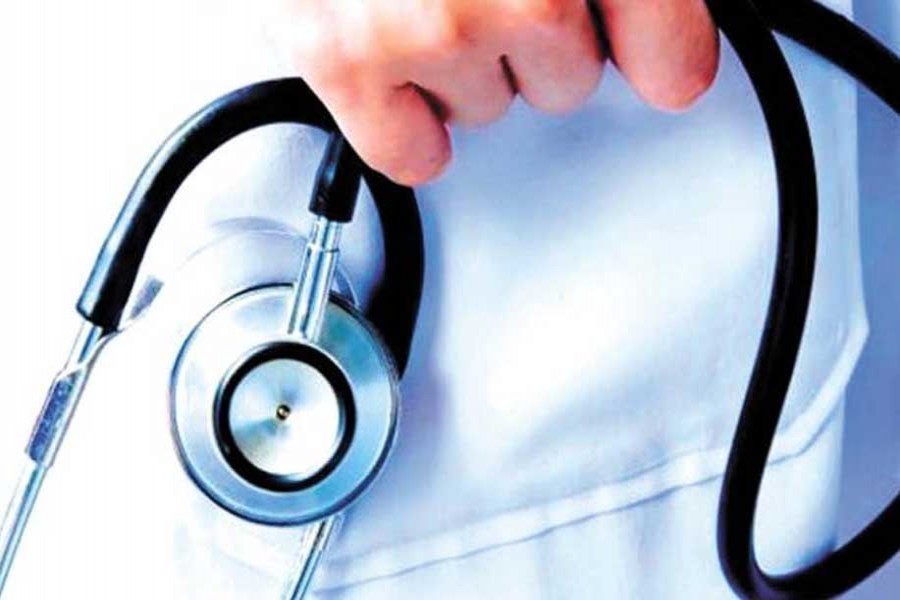The way the expenditure on healthcare at individual level in Bangladesh is increasing looks quite alarming. The rise in the out-of-pocket expenses in different areas, especially diagnosis, treatment and hospital charges mainly affects the people of the fixed income group. Medicines and doctors' visits comprise a large chunk in healthcare expenditure. This scathing portrayal comes from the report titled Bangladesh National Health Accounts 1997-2020. It was released by the Health Economics Unit (HEU) in Dhaka on January 4. The per capita healthcare expenses in the country have increased to $ 54 in 2020 from $ 37 in 2015, the report observes. The Out-of-Pocket (OOP) health expenses, the report notes, remain at 68.5 per cent of the total health expenditure in the country.
Against the backdrop of poor health services in the whole country, especially in the rural areas, the report has cited Bangladesh as one of the countries with an extremely high rate of OOP health expenditure. It's quite natural with the country where common and dreadful diseases are a part of life. Fat medical bill of treatment of serious ailments deters rural people from visiting large hospitals in cities and towns. Common diseases like fever and cold remain untreated and those remain suppressed for a whole life. The government-run rural health complexes mostly remain unequipped and unmanned. The general people in the rural areas are too hapless to go through even the 'ordeal' of OOP.
As shown by the SDG framework, payment in individual capacity for medical expenses as a share of total household consumption exceeding 10pc (lower threshold) or 25pc (upper threshold) is considered catastrophic. Household OOP health expenditure in 2020 was Taka 533 billion, which is 68.5 per cent of the total health expenditure. Of this, 64.6 per cent or Taka 344 billion was spent at pharmacies or retail drug outlets. In the discussion session, the health and family welfare minister admitted that the budgetary allocation to the health sector was low. He underscored the need for increasing the allocation for health, and proper use of the fund. A tiny portion of 5.43 per cent out of the total outlay was allocated for the health sector in the budget for FY 2022-2023. The health sector has almost ritually been neglected in the national budget for long. That this budgetary neglect on the part of the policymakers is actually responsible for abnormally higher personal medical expenses often escapes notice.
The health sector with its poor budget is sure to adversely affect the nation's healthcare situation. Poor health also has its adverse impacts on employment and productivity. Where timely medical intervention could send a person with easily curable ailment to work, in its absence the same person lose several working days. In the cases of fatal or near-fatal diseases like cancer, few treatment facilities are there in the government sector. When it comes to medical aid provided to patients and ensuring their cure, the country appears to be still stuck up in its LDC status. In its efforts to graduate to a lower middle-income country, Bangladesh cannot afford to neglect the issue of its people's OOP healthcare expenditure at individual level.


